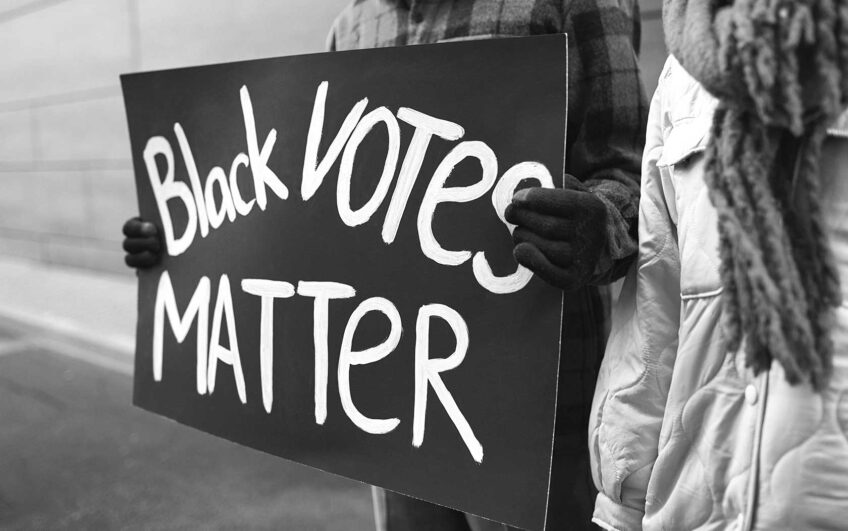President Kennedy signed the Equal Pay Act of 1963, which was the first federal legislation to prohibit sex discrimination in the payment of wages. At that time, women only earned 60 cents for every $1 earned by a man. Sixty-one years later, it’s unbelievable that women are still coming up short — and the statistics are sobering. According to the Pew Research Center, women, on average, earn approximately 82 cents for every dollar earned by men in the United States. This gap is even more pronounced for women of color and those from marginalized communities, exacerbating existing inequalities and perpetuating cycles of poverty.
This is why we recognize Equal Pay Day on March 12 this year, to illustrate the compensation disparity between men and women and to encourage both employers and employees to advocate pay equality. In an era where strides toward gender parity are celebrated, the persistent wage gap remains an undeniable stain on our country and many parts of the world. This injustice undermines the principles of fairness and equality and, worse, obstructs societal progress and economic growth.
Proponents of the status quo often argue that the wage gap is a result of personal choices and career preferences. They claim that women are more likely to opt for lower-paying jobs or prioritize family responsibilities over career advancement. While individual choices undoubtedly play a role, they do not justify the systemic discrimination that underlies the uneven treatment. Studies have consistently shown that even when factors such as education, experience, and occupation are controlled for, a significant portion of the gap remains unexplained, pointing to the presence of gender bias and discrimination in the workplace.
One of the most glaring manifestations of this prejudice is the lack of female representation in leadership positions and higher-paying roles. Despite making up nearly half of the labor force, women remain underrepresented in executive suites and boardrooms across industries. This lack of representation not only deprives women of opportunities for career advancement, but also perpetuates stereotypes and biases that contribute to the wage gap.
Gender pay disparity has far-reaching consequences that extend beyond the realm of individual earnings. It stifles economic growth by depriving women of the resources needed to invest in their education, start businesses or support their families. This hinders women’s economic empowerment and undermines overall productivity and innovation. Moreover, the wage gap contributes to the feminization of poverty, trapping countless women and their children in cycles of financial insecurity and dependence.
Addressing the wage gap requires a multifaceted approach that tackles both systemic inequalities and cultural biases. Employers must take proactive measures to ensure pay equity within their organizations, including conducting regular audits, implementing transparent salary structures, and promoting diversity and inclusion in hiring and promotion practices. Governments must also play a crucial role by enacting and enforcing legislation that guarantees equal pay for equal work and provides mechanisms for recourse in cases of discrimination.
In addition, addressing the wage gap necessitates challenging ingrained cultural norms and stereotypes that preserve gender inequalities. This includes promoting positive representations of women in leadership roles, challenging traditional gender roles and fostering environments that empower women to pursue their ambitions without fear of discrimination or backlash.
The takeaway
Based on the current trend, the gender pay gap is expected to close in 2059, which is more than 30 years from now. Until men and women receive equal pay for equal work, we must stand in solidarity and acknowledge Equal Pay Day, in celebration of what we have accomplished thus far and in recognition of the work we still have yet to do. If we continue to make enough noise, through our voices and our words, we cannot be ignored.
The seemingly unshakeable wage gap between men and women is not only unjust but also detrimental to our society as a whole. Achieving gender equality in the workplace is a moral imperative and an economic necessity. In this day and age, it’s time that we collectively commit to dismantling the barriers that perpetuate this inequality and strive towards a future where every individual, regardless of gender, has an equal opportunity to succeed and thrive.
Kim Scouller is a certified financial educator (CFEd) and co-author of the book “How Money Works for Women.






